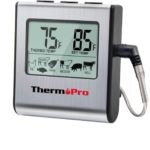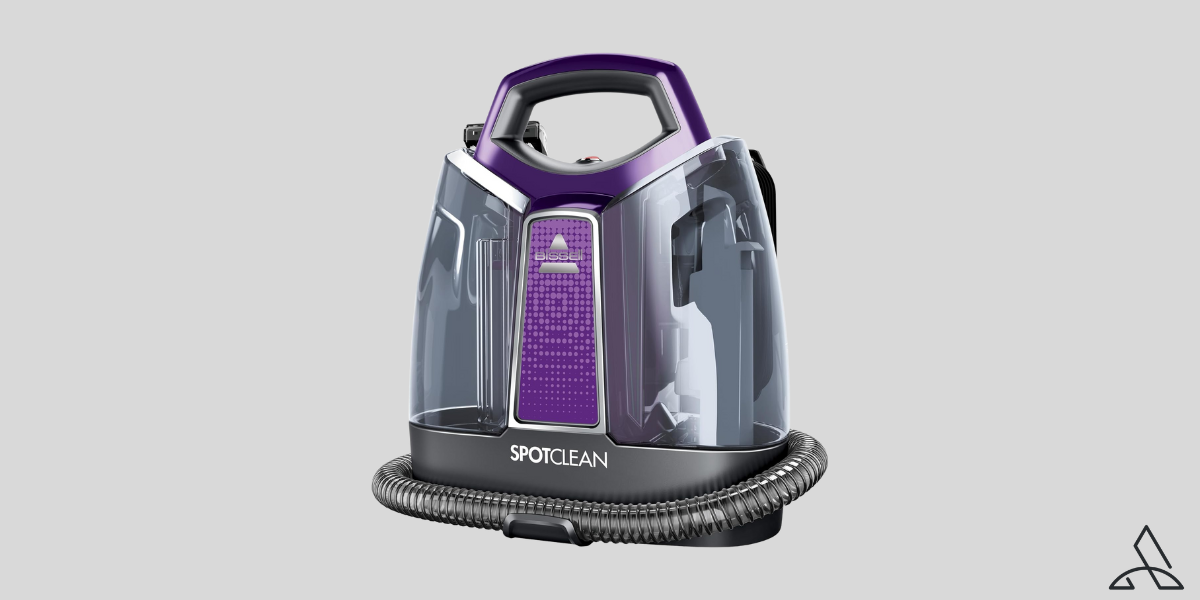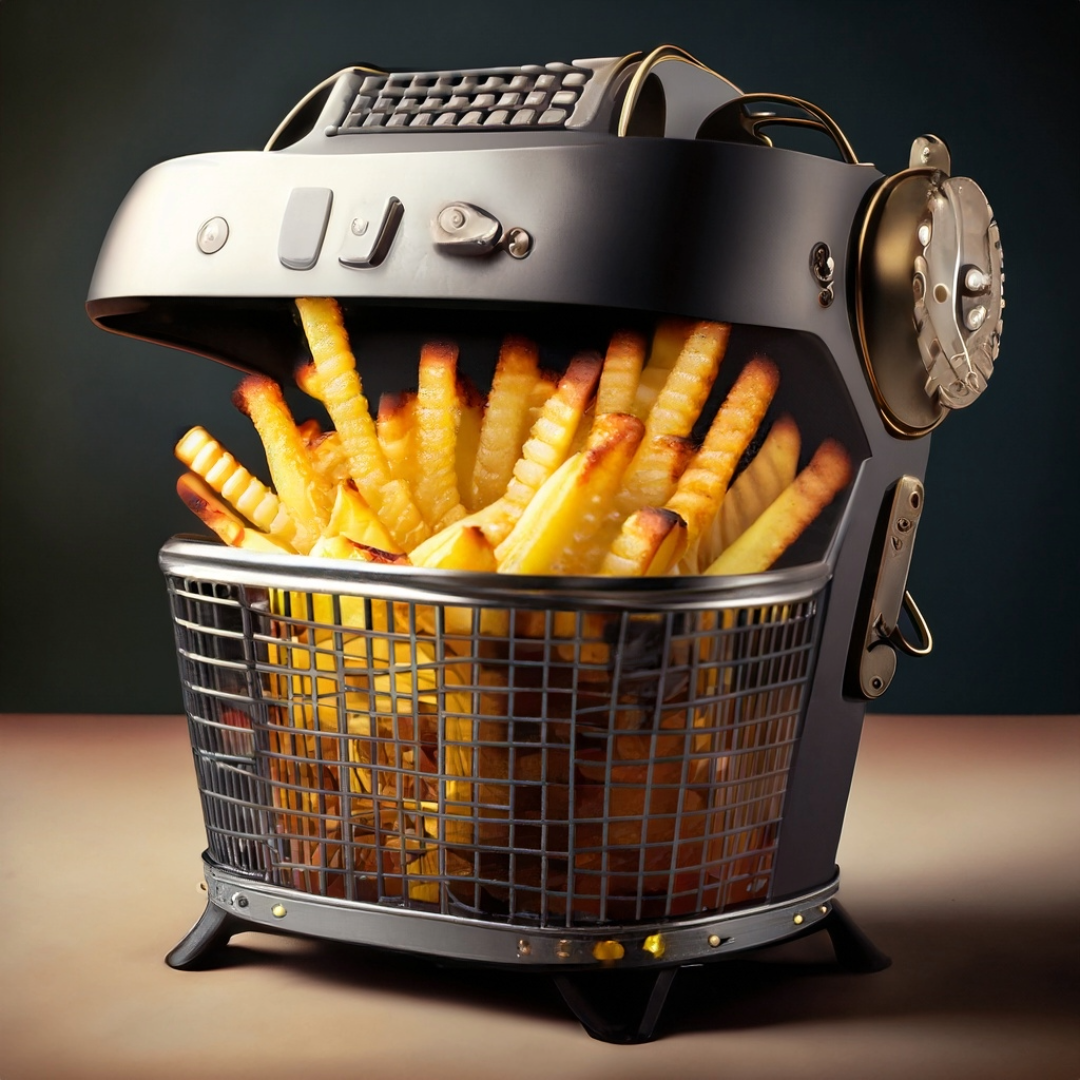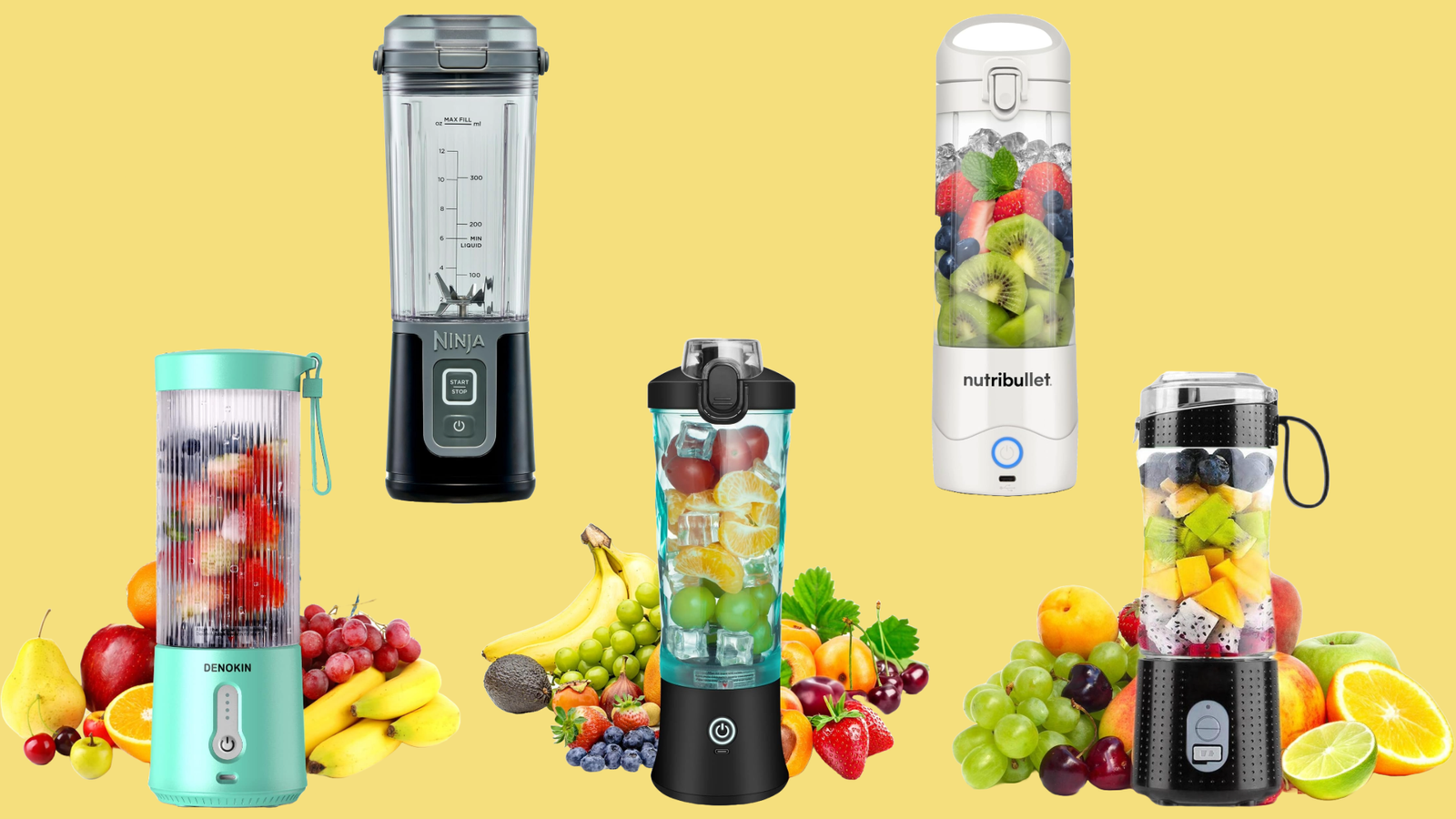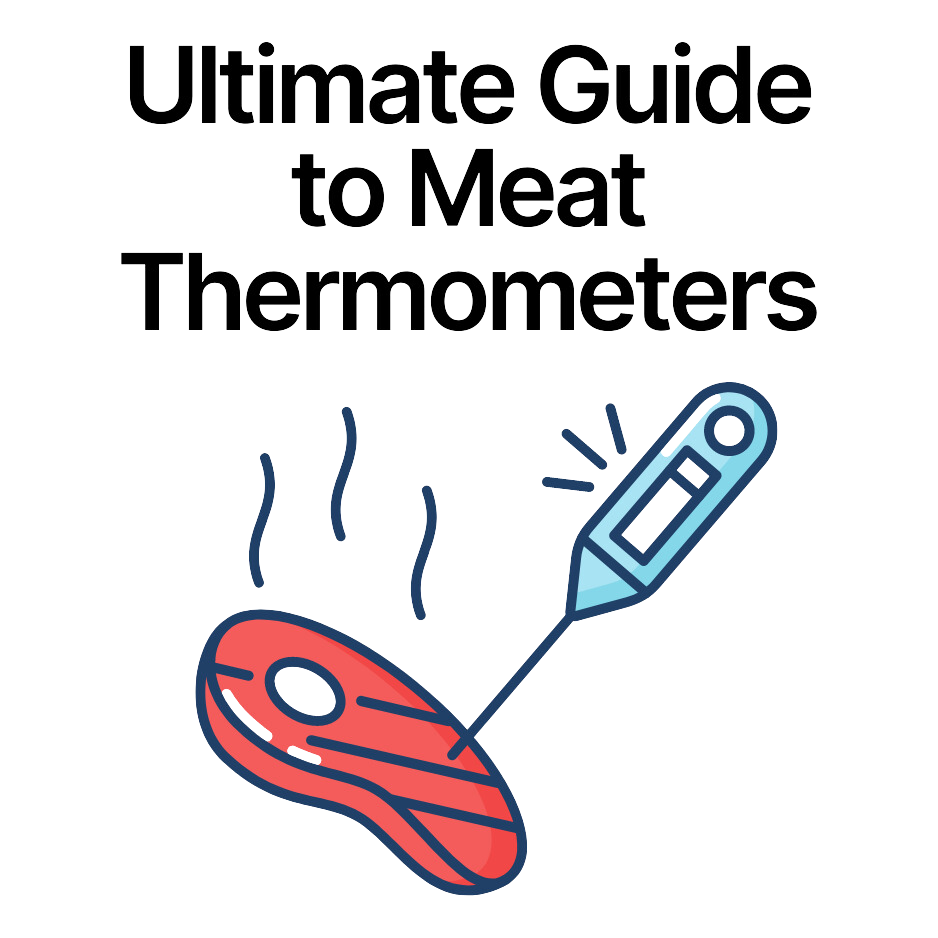
When it comes to cooking meat to perfection, a meat thermometer is an essential tool that ensures your meals are not only delicious but also safe to eat. The science behind meat thermometers lies in their ability to accurately measure the internal temperature of meat, providing crucial information for determining doneness and ensuring food safety.
By Ash | March 31st 2024
How Meat Thermometers Work
Meat thermometers actively measure the internal temperature of meat to ensure it reaches the desired level of doneness and safe consumption. Doneness, a measure of how cooked through the meat is, depends on a combination of factors including internal temperature, juiciness, and the meat’s colour itself. Whilst commonly applied to beef, doneness levels can apply to a variety of different meats. There are two main types of meat thermometers: analog and digital. Analog thermometers use a metal probe that expands or contracts with temperature changes, moving a needle on a dial to display the temperature. On the other hand, digital thermometers provide a digital readout of the temperature sensed by an electronic sensor in the probe.
Importance of Temperature in Cooking Meat
Using a reliable meat thermometer is the best way to confirm your meat has reached a safe internal temperature and kill any harmful bacteria present. It is important to note that different types of meat require specific internal temperatures to be considered safe for consumption. For example, poultry like chicken should reach an internal temperature of 74°C, while medium-rare beef should be cooked to an internal temperature of 63°C. A full breakdown of the ideal cooking temperatures (as per the advice by the New South Wales Food Authority) is provided in the infographic below:
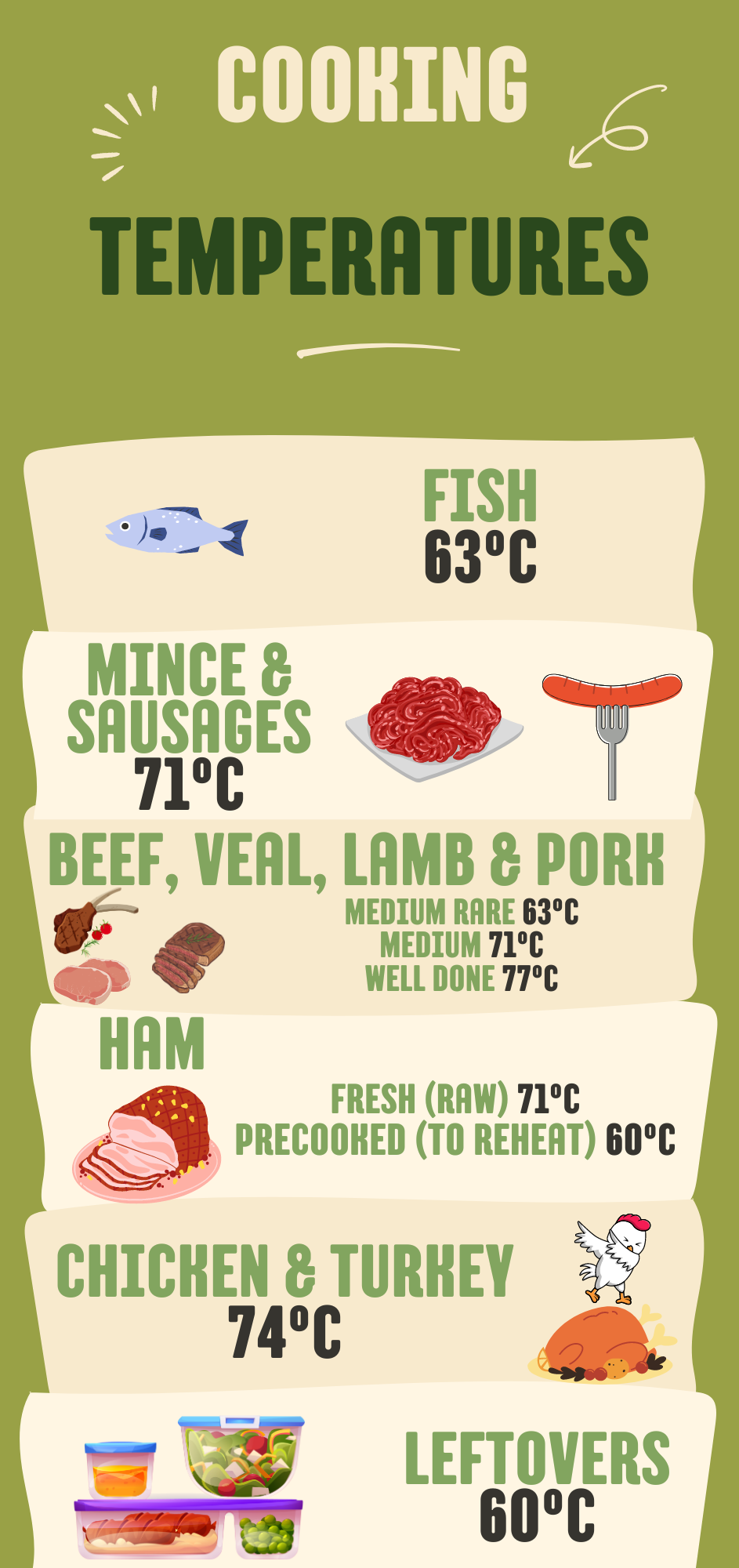
Low Usage of Meat Thermometers
Monitoring the doneness of cooked meat can be challenging without a meat thermometer. Visual cues like colour or texture alone do not guarantee the inactivation of harmful pathogens. Despite these challenges, a recent study found only 6.8% of households use meat thermometer.
Meat Thermometer FAQ
Where should I insert the thermometer probe?
- Insert the probe into the thickest part of the meat, avoiding bones or gristle which can give inaccurate reading.
- For chicken, insert the probe into the thigh and breast. For roasts, insert it into the centre portion.
How do I get an accurate reading?
- Avoid touching bones or gristle, as they will be hotter and give a false reading.
- To ensure the meat is cooked evenly, take temperature readings in multiple places.
- Let the meat rest for 5-10 minutes after cooking before taking the final temperature reading.
Can I leave the thermometer in the meat while cooking?
- Leave-in meat thermometers, like the Meater and the ThermoPro TempSpike, are designed to stay in the meat during cooking.
How do I calibrate a meat thermometer?
Ice Water Method
- Fill a tall glass with ice and add cold water.
- Place and hold the thermometer probe in the ice water for 30 seconds without touching the sides or bottom of the glass.
- A correctly calibrated meat thermometer will read 0°C.
- If the temperature reading is inaccurate, adjust the thermometer according to the manufacturer’s instructions.
How do I calibrate a meat thermometer?
Boiling Water Method
- Place a pot of water on the stove and heat to a rolling boil.
- Wash the thermometer probe and place it in the boiling water for 30 seconds.
- A correctly calibrated meat thermometer will read 100°C.
- If the reading is inaccurate, adjust the thermometer per the manufacturer’s directions.
Regularly calibrating your meat thermometer, either monthly or annually, is important to ensure you get accurate temperature readings. This helps you cook meat and poultry safely to the proper internal temperatures. Taking the time to calibrate your thermometer will give you confidence that your readings are dependable for achieving your desired level of doneness.
What are some safety tips?
- Unless they are models like the Meater and the ThermoPro TempSpike, do not leave the thermometer in the oven or near open flames.
- Clean and sanitize the probe between uses.
- Replace the battery when the display dims.
Recommended Meat Thermometers
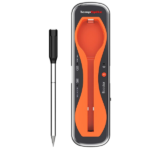
ThermoPro TempSpike

ThermoPro TP03
